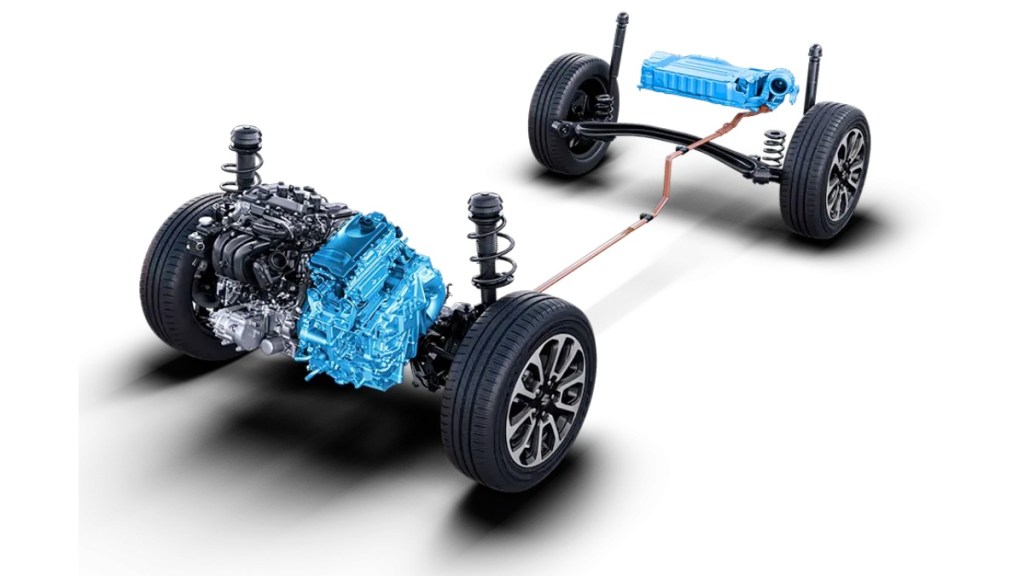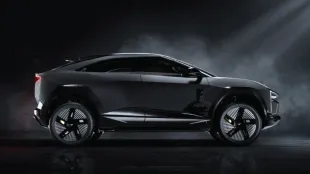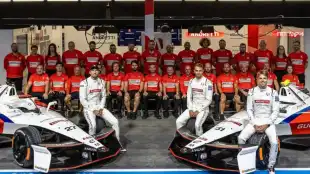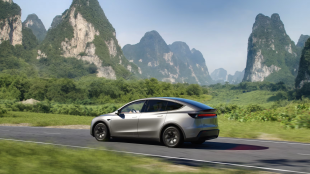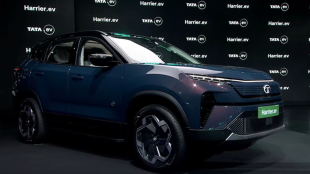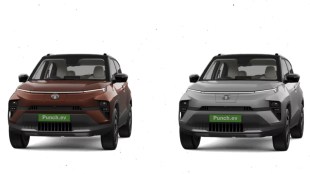With the automotive industry shifting towards alternate fuel sources, electric vehicles have become popular. However, when we use the term ‘electric’ powertrain, we often think of pure EVs, but there is more to it. Electric powertrains come in various forms, most with an internal combustion engine, while the electric motor plays a wide role.
The electric powertrain consists of various types of setup, and here are the most popular ones with examples.
Types of electric powertrains explained
Mild hybrids
Mild hybrids are popular in India, and they work in tandem with an internal combustion engine, where they recover energy from the brakes to be used for various purposes, and even save fuel. They cannot power the car completely but can assist to an extent. The best example of a mild hybrid vehicle in India is any of the new Maruti Suzuki cars.
Strong hybrids
Strong hybrids also work alongside an internal combustion engine to assist driving. With a strong hybrid system, the battery power is capable of driving the car, usually up to a certain speed. The range the battery power offers is limited, but they are efficient when working together with the engine. A good example of a strong hybrid is the Maruti Suzuki Grand Vitara or the Toyota Hyryder.
Plug-in hybrids
Plug-in hybrids are more efficient compared to strong hybrids, as the battery power can contribute almost the same power as the engine, and they can run in pure electric mode for longer and faster. The battery system in plug-in hybrids needs to be charged separately via an external charger and cannot depend on regeneration alone to recharge them. A good example of a plug-in hybrid is the Toyota Prius.
Battery electric vehicles
Moving to electric dive alone, the popular type is Battery Electric Vehicles (BEVs), which are powered by a battery pack and have no internal combustion engine. These vehicles need to be charged externally, similar to plug-in hybrids, and the most popular BEVs are Teslas, Nexon EV, and the MG Comet.
BEVs with range extenders
One solution the industry worked on is on the charging front for BEVs, with range extenders. So such vehicles have a small internal combustion engine that charges the battery pack of the vehicle, which in turn drives the car. These engines charge the battery pack only, while an electric drivetrain drives the vehicle.
Fuel cell vehicles
Fuel cell vehicles also use an electric motor to propel the car, but the power is generated by hydrogen, which combines with oxygen to generate the electricity needed. This is a technology most manufacturers are looking at, and the best example of a fuel-cell vehicle is the Toyota Mirai.
